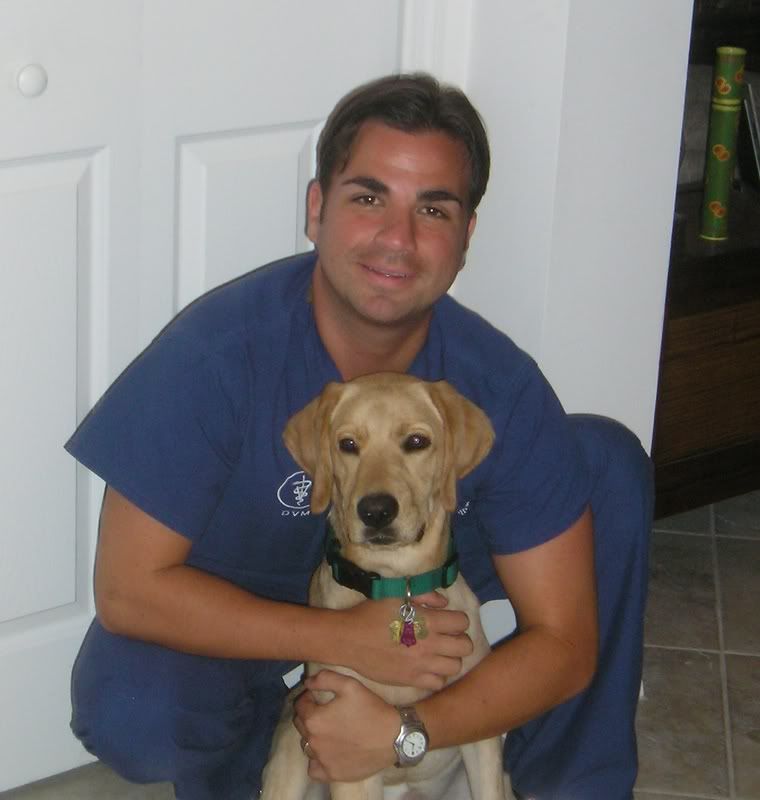About a year ago, a client of my clinic brought in a little chihuahua that was in a very disturbing state. The little dog had come from a home that my client's brother had been contracted to make some repairs. This gentleman was appalled at the condition of the home inside, where he witnessed at least 40 chihuahuas roaming, interbreeding, and eliminating at will throughout the house. The dogs were flea infested, dirty, and many of them fraught with varying degrees of injuries, ailments, and deformities.
My client ended up with the little chihuahua that she brought into my office because her brother found this little chihuahua particularly suffering, and made the decision to whisk the dog away without the owner's knowledge. Specifically, the dog was blind in both eyes due to untreated ocular infections and/or trauma, a badly deformed and shortened right front arm (the likely result of inbreeding), and severe flea infestation complete with skin infections, hair loss, and severe discomfort that typically accompany fleas.
We ultimately had to remove both eyes surgically as they were damaged beyond salvage. The skin cleared with antibiotics, medicinal baths and flea control. There was no beneficial options for the deformed little leg, but the dog managed to ambulate effectively nonetheless. This little dog miraculously lives comfortably, eats enthusiastically, and happily plays with my clients other animals - it was a happy ending for Mattie (as she was affectionately named by my client's loving family). As for the owner of these numerous dogs living in filth and squalor, she was reported to animal control, who ultimately had the dogs taken from the home and the owner dealt with legally.
The owner of these little dogs is what is known in animal law terms as an animal hoarder. Recent reports of animal hoarders in my local news reminded of the case of Mattie, and prompted me to raise awareness to my readers to learn to recognize these types of people.
Animal hoarders are distinguished from a people that keep an unusually large number of pets that care for them properly, as they are distinguished from animal breeders who have my animals as a nature of their business (who also care for the animals properly). According to one study, the distinguishing feature is that a hoarder, "fails to provide the animals with adequate food, water, sanitation, and veterinary care, and . . . is in denial about this inability to provide adequate care."
Animal hoarding of often goes hand in and with other compulsive hoarding behaviors, or could be part of a severe underlying obsessive compulsive personality disorder. Alternately, animal hoarding could be the result of addiction, dementia, or delusions. Being commonly the result of mental disorders, hoarders often have homes that are poorly maintained, dirty, and in many cases seemingly falling apart.
Although it is typically not the intention of an animal hoarder to harm the animals, the hoarder is incapable of recognizing the suffering that their behavior causes the animals they recklessly collect. Animal hoarding is therefore considered a form of animal cruelty, as is clearly evidenced in Mattie's case.
I implore all citizens to be aware of the signs of potential animal hoarders and report them to the authorities if animal hoarding is suspected in your communities.
Roger Welton, DVM
Founder, Web-DVM
Thursday, October 9, 2008
Subscribe to:
Post Comments (Atom)



No comments:
Post a Comment